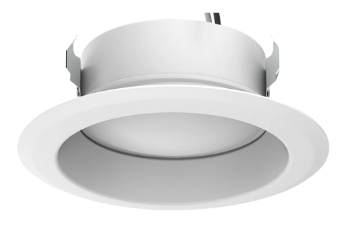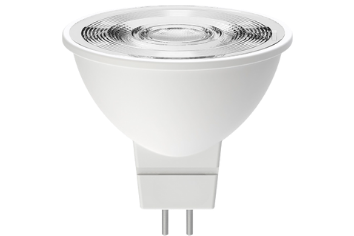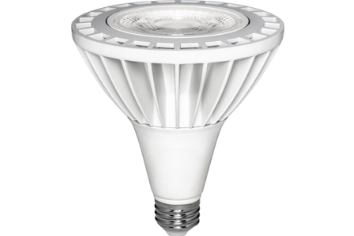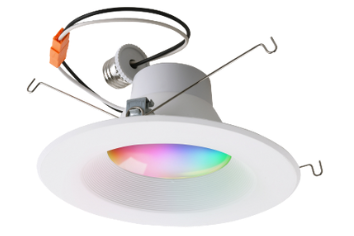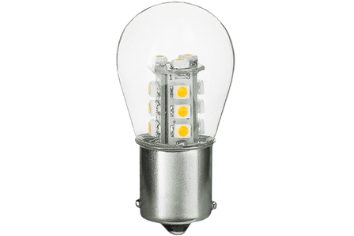Lighting plays an important role in both commercial and residential buildings. It sets the mood, provides visibility, and can even help to create an inviting atmosphere. But while the two types of buildings may have similar lighting needs, they are also quite different in many ways.
Today, we want to discuss these differences with you to help you understand why they aren't exactly quite like one another:
-
Amount of Lighting
Commercial buildings generally require much more lighting than residential buildings. This is due to the fact that commercial buildings tend to be larger and serve more people than residential buildings. Additionally, commercial buildings often require more specialized lighting, such as task lighting, to ensure employees can work efficiently.
-
Types of Lighting
While both commercial and residential buildings have the same basic types of lighting, such as ambient and accent lighting, commercial buildings tend to require more specialized lighting fixtures. This is due to the fact that commercial spaces need to be well-lit in order to meet certain regulations, such as those set out by the Occupational Safety and Health Administration (OSHA).
-
Lighting Controls
Commercial buildings tend to have more sophisticated lighting control systems than residential buildings. This is because commercial buildings often require more precise control over the amount and types of lighting. Additionally, commercial lighting control systems tend to be more energy efficient, as they are designed to make the most of available light.
- Lighting Technology
Commercial lighting is often more advanced than residential lighting, as it needs to meet the demands of the space. This includes the use of LED lights, which are more energy efficient and can help to reduce costs. Additionally, commercial lighting systems often make use of motion sensors and other automated technologies to increase efficiency.
-
Cost
As commercial lighting is more sophisticated, it is also more expensive than residential lighting. This is due to the fact that it needs to meet more stringent requirements, such as those set out by OSHA. Additionally, commercial lighting systems may require more installation and maintenance, which can add to the overall cost.
-
Use
Commercial lighting is typically used in places such as offices, factories, warehouses, retail stores, and other large public spaces. It is designed to provide a safe and effective lighting solution for these areas, as well as to help create a pleasant environment for workers and customers alike. Residential lighting, on the other hand, while also meant for safety, typically focuses more on ambiance and aesthetics.
-
Material
Commercial lighting is usually made from materials such as metal, aluminum, or plastic, while residential lighting is often made from wood, glass, and other materials. This is because commercial lighting needs to be more durable and able to withstand harsh conditions, while residential lighting tends to be more decorative.
Conclusion
Commercial and residential lighting are both important to the proper functioning of a home or business. But, as you can see, they're not exactly alike. So, whether you're trying to light up your home or your business, make sure to pick the right solutions. More importantly, reach out to the professionals to ensure you have the proper lighting solutions installed in the right way to make the most out of them.
Four Bros Lighting offers a wide selection of affordable LED bulbs and other lighting fixtures for both residential and commercial uses. If you are looking for commercial lighting solutions, check out what we offer!



